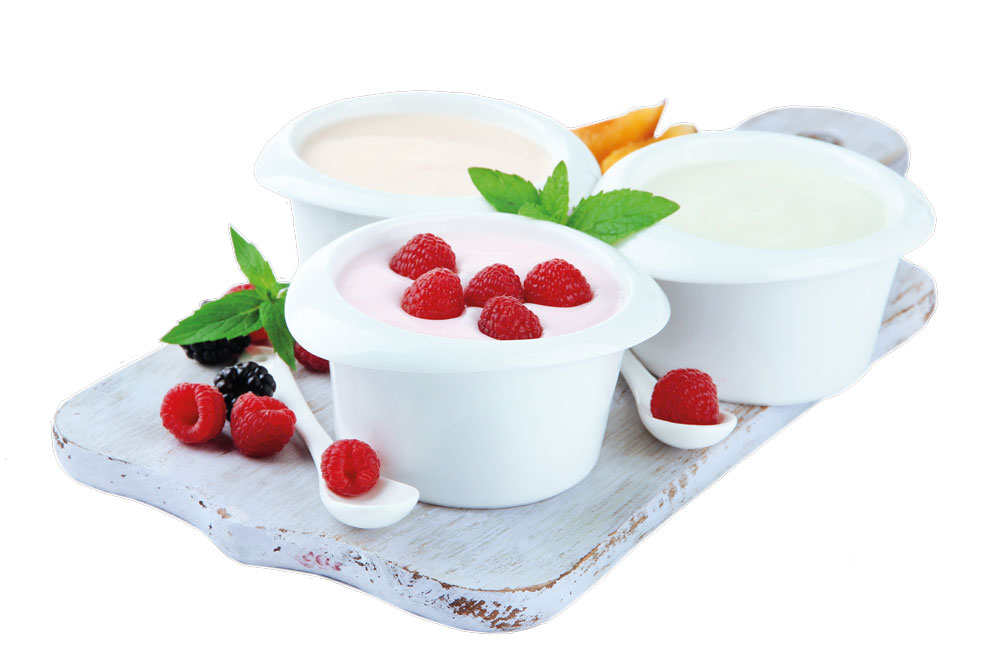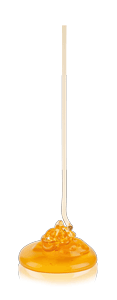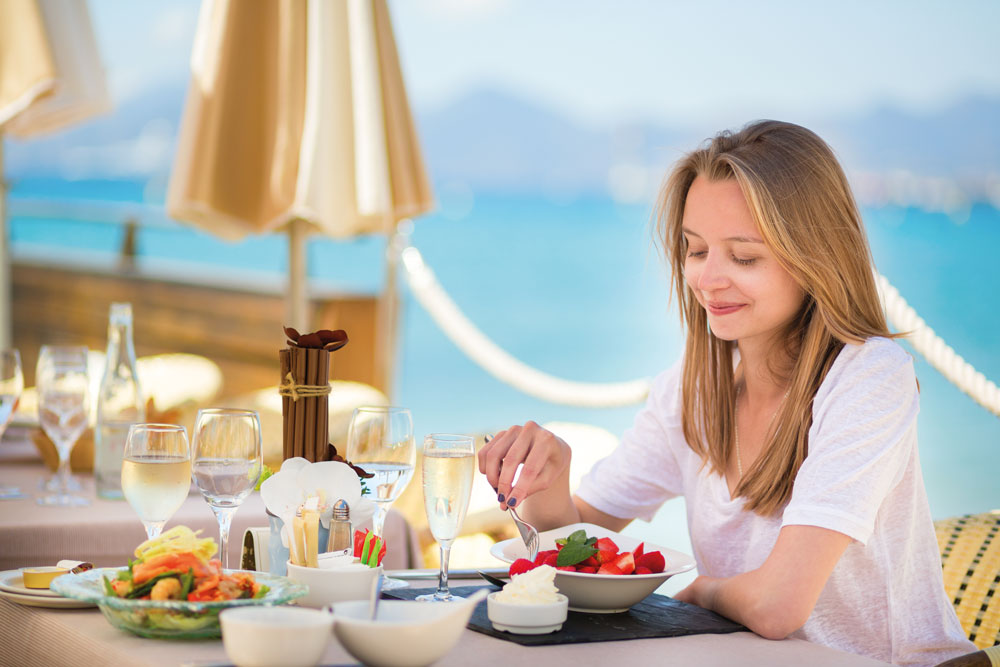NUTRITION EXPERT
Amanda Ursell is a nutritionist for Comvita
(amandaursell.com).
Q. How can I reduce the amount of sugar I eat? Katie, 42
A. First, differentiate between sugars in dairy products, such as natural yoghurt, called lactose, and the sugars in whole pieces of fresh, dried, canned and frozen fruits, called fructose. These don’t count towards the 30g maximum daily sugar intake that Public Health England recommends. However, fruit juice does count, and there are hidden sugars in things such as bread and canned sauces.Try keeping a diary to identify where your sugar comes from. You can do this by looking at nutrition labels and using the Food Smart app – pass the app across the barcode to reveal the grams and cubes of sugar the product contains. Bear in mind you don’t need to cut out sugar completely, so if a small piece of chocolate or spoonful of honey helps to keep you on track, that’s fine now and again.
Q. I’m training to do the Three Peaks Challenge. What should I be eating to fuel my body? Moreen, 50
A. The key is to have foods that give you sufficient energy for training, and also plenty of vitamins and minerals to support your immune system. This is especially the case with iron, as many women don’t reach their recommended daily intake, which can lead to feeling tired and less inclined to train. An hour prior to a training walk I suggest a small carbohydrate-rich snack, such as an apple and some low-fat natural yoghurt. It’s important to get the balance of calories right and not fall into the trap of over-eating. There is a temptation to think that extra physical activity needs special products such as high-energy drinks and protein powders, but if your training sessions are one to two hours long then you really don’t need anything other than ‘proper’ healthy food. For breakfast I’d suggest porridge made with skimmed milk, Bircher muesli with a grated apple, or wholegrain toast with poached or boiled eggs and a small glass of orange juice. Lunch could be a tuna and sweetcorn brown rice salad or granary bread sandwiches filled with lean roast chicken and tomatoes. Dinner could be sweet potato with lean chilli con carne and salad, spaghetti with tomato sauce and parmesan, or a tofu stir-fry with wholegrain noodles. Great snacks include a handful of nuts, fruit or wholemeal toast with peanut butter.

Sugars in dairy products and fresh fruit – lactose and fructose – are important carbohydrates.
Q. I want to buy some Manuka honey – how can I tell which one’s best? Holly, 38
 A. It can be tricky to select the right Manuka honey as there are lots of different ‘scoring’ systems, and only real Manuka honey comes from nectar gathered by bees in New Zealand from the flowers of the Manuka bush.
A. It can be tricky to select the right Manuka honey as there are lots of different ‘scoring’ systems, and only real Manuka honey comes from nectar gathered by bees in New Zealand from the flowers of the Manuka bush.
The increasing demand for this honey, and its implicitly restricted supply, has led to quality issues and counterfeit products appearing on our shelves. The good news is that the Unique Manuka Factor Honey Association (UMFHA) has developed a new test to identify when the Manuka honey is genuine or not, along with a corresponding grading system and quality mark.
Comvita, for example, is a brand of Manuka honey that has been produced from New Zealand’s Bay of Plenty since 1974 and is certified by the UMF® quality mark. This means that you can be sure you are buying authentic Manuka.
Q. I get very hot in summer and never feel hungry. Is this normal and what should I be eating in hotter weather to get all the nutrients I need? Kelly, 38
A. Warm weather can affect your appetite, so don’t worry too much. The most important thing is to stay hydrated on hot days, and upping your water intake is the best way to achieve this. It may be a good idea to consider a vitamin and mineral supplement to ensure that you’re getting sufficient nutrients, which may be compromised if you’re struggling.

Tuck into fruits, such as strawberries, to help keep you well hydrated.







